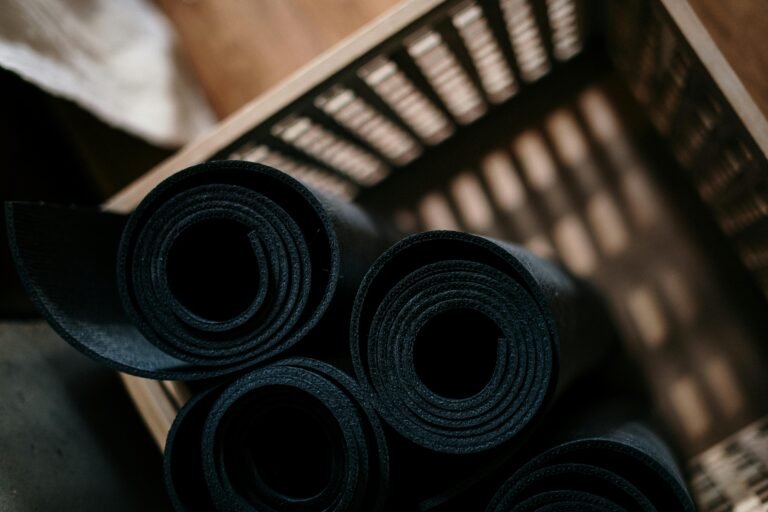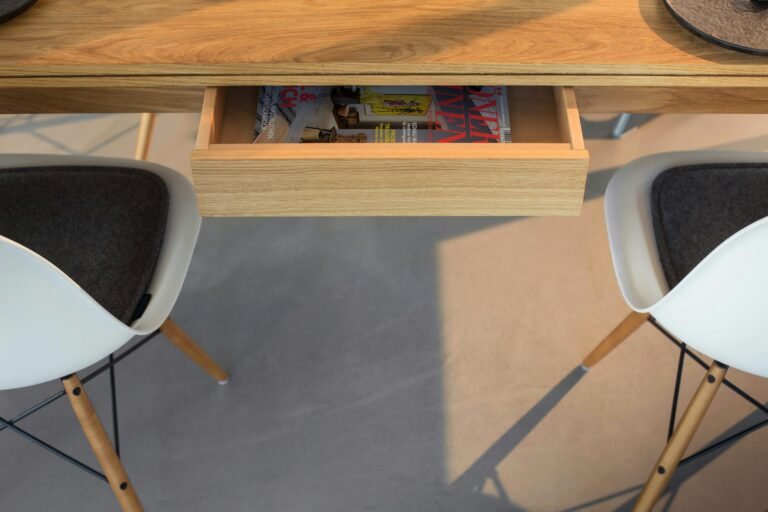Discover how noise-canceling desk dividers can transform your workspace into a quiet, focused haven. Enhance productivity with effective privacy solutions.
In the hustle and bustle of modern office environments, maintaining focus can be a challenging task. Open office layouts, while promoting collaboration, often lead to increased noise levels and distractions. This is where noise-canceling desk dividers come into play, offering a practical solution for creating a quieter and more private workspace.
Noise-canceling desk dividers are essential for professionals seeking to minimize distractions and enhance productivity. By providing a sound buffer, these dividers allow for improved concentration, leading to better work outcomes.
This article will explore the importance of noise-canceling desk dividers, discuss their key features and varieties, guide you in making informed purchasing decisions, and provide tips on usage and maintenance. Whether you’re setting up a home office or optimizing a corporate environment, this guide will help you create a focused workspace.
Table of Contents
The Importance of Noise-Canceling Desk Dividers
Noise-canceling desk dividers are crucial for maintaining a productive and focused work environment. They serve as physical barriers that help reduce ambient noise, allowing individuals to work without constant interruptions.
- Enhances concentration by blocking out office chatter and other distractions.
- Creates a personal space for employees, fostering a sense of ownership and privacy.
- Contributes to overall workplace well-being by reducing stress associated with noise pollution.
Key Features and Capabilities of Desk Dividers
Understanding the features of noise-canceling desk dividers can help you choose the best option for your workspace. These dividers are designed to meet various needs and preferences.
- Acoustic Panels: Made from sound-absorbing materials, these panels effectively reduce noise levels.
- Adjustable Heights: Many dividers offer adjustable heights to accommodate different desk setups.
- Easy Installation: Designed for quick and hassle-free setup, often without the need for professional installation.
Comparing Different Varieties of Desk Dividers
There are several types of noise-canceling desk dividers available, each with unique benefits and considerations. Choosing the right one depends on your specific needs and workspace layout.
| Feature/Type | Benefits | Best For | Considerations |
|---|---|---|---|
| Freestanding Panels | Flexible positioning, easy to move | Dynamic office layouts | Requires floor space |
| Clamp-On Panels | Secure attachment, space-saving | Smaller desks or limited space | May not fit all desk types |
| Modular Systems | Customizable configurations | Large open offices | Higher cost |
Guiding Your Selection and Purchasing Decisions
When selecting noise-canceling desk dividers, consider factors such as material, size, and installation requirements. Your choice should align with your workspace needs and budget.
- Assess your noise reduction needs and workspace layout.
- Research different models and read customer reviews.
- Consider the long-term benefits versus the initial cost.
Implementing Desk Dividers for Maximum Effectiveness
Proper implementation of desk dividers can significantly enhance their effectiveness in reducing noise and increasing privacy.
- Position dividers to block the primary sources of noise.
- Ensure stability and secure attachment to avoid accidents.
- Regularly assess and adjust the setup to maintain optimal performance.
Caring for and Maintaining Your Desk Dividers
To ensure the longevity and effectiveness of your desk dividers, regular maintenance is essential.
- Clean panels with appropriate cleaning solutions to prevent dust buildup.
- Check for any loose fittings or damage and repair as needed.
- Store unused dividers properly to avoid unnecessary wear and tear.
Expert Tips and Recommendations
- Invest in high-quality materials for better acoustic performance and durability.
- Experiment with different configurations to find the most effective noise reduction setup.
- Consider integrating desk dividers with other soundproofing solutions for maximum effect.
- Look for bulk purchase options to save on costs when outfitting larger offices.
Common Questions About Noise-Canceling Desk Dividers for Privacy: Create Quiet and Focused Workspaces
Find answers to frequently asked questions about noise-canceling desk dividers.
- Q: How effective are noise-canceling desk dividers?
A: They significantly reduce ambient noise, especially when combined with other soundproofing measures. - Q: Can desk dividers improve productivity?
A: Yes, by minimizing distractions, they help maintain focus and improve work output. - Q: Are these dividers easy to install?
A: Most models are designed for easy installation and require minimal tools. - Q: Do they fit all types of desks?
A: While many are versatile, it’s important to check compatibility with your specific desk type. - Q: How do I maintain my desk dividers?
A: Regular cleaning and checking for damage will help maintain their effectiveness over time.
Conclusion
Noise-canceling desk dividers are an effective solution for creating a quiet and focused workspace. They offer numerous benefits, including enhanced concentration and improved workplace privacy.
Incorporating these dividers into your office setup can lead to significant productivity gains. Whether you’re working in a bustling open office or setting up a home workspace, they provide a practical and efficient way to reduce noise and distractions.
Ready to enhance your workspace with noise-canceling desk dividers? Check out this essential selection of acoustic desk panels to start your journey to a more focused work environment: [Affiliate link placeholder]
As an Amazon Associate I earn from qualifying purchases.
Check out this related post: Noise-Canceling Desk Dividers: Privacy and Focus in Shared Workspaces
Explore this topic: Desk Dividers
Plan your layout in Planner 5D
This article contains affiliate links. If you make a purchase, we may earn a commission at no extra cost to you.
Last updated on August 12, 2025






